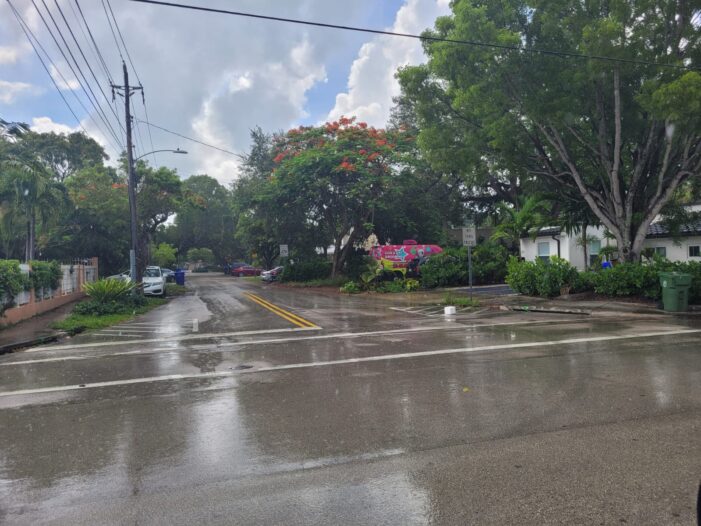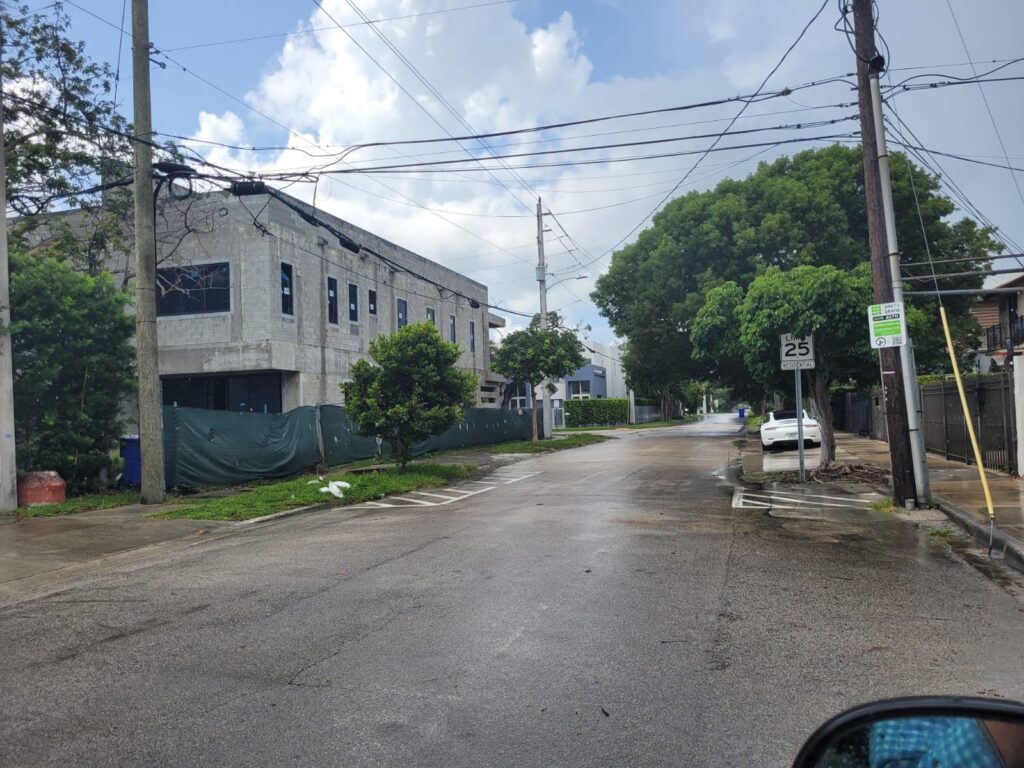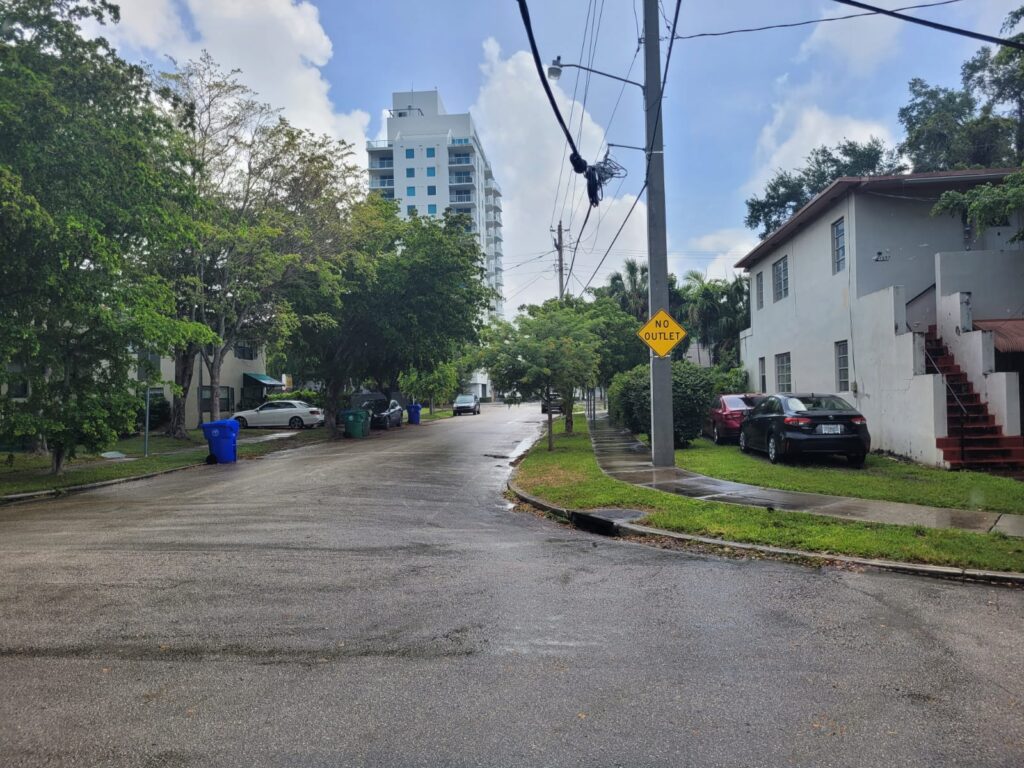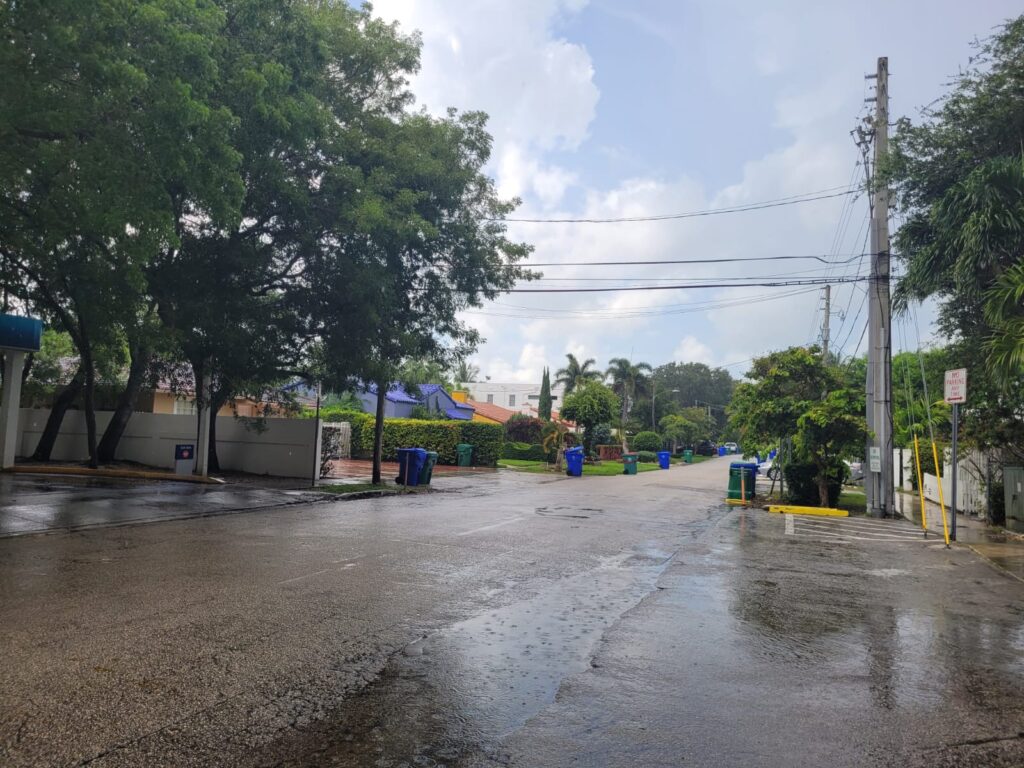Beba Mann is going to have a cow.
After more than two years and a prolonged legal battle between the county and city of Miami, illegal plastic barricades placed suddenly and without a public process to restrict traffic in Silver Bluff were finally removed Wednesday morning.
The streets were closed in a public press event by Miami City Commissioner and circus master Joe Carollo, in a political stunt to appease and create allies before the 2021 election. Almost immediately, the county said nana nina, no can do. Muncipalities can’t just willy nilly close streets without a process. Imagine if every one of the 37 municipal cities and villages did that.
When the county went to remove the barriers themselves, the city sent police to stop them. So they went to court.
Read related: Silver Bluff street fight is campaign fodder for Miami’s Crazy Joe Carollo
Last month, Miami-Dade Circuit Judge Charles Johnson ruled “the county has exclusive jurisdiction over traffic engineering countywide, including road closings.”
Johnson also forbade the city from interfering with the county’s removal of the barricades “or any other obstructions that modify, obstruct, impede or prevent the free flow of traffic” at the four “obstructed intersections.” Those are the intersections of SW 22nd Street at or near SW 14th Avenue, SW 23rd Street at or near SW 17th Ave, SW 22nd Street at or near SW 16th Avenue, and SW 22nd Street at or
near SW 16th Court.
The judge did say the county has to do something to address the cut through traffic invading Silver Bluff because it is their responsibility after all.
But the fight didn’t just pit the county against the city. It pitted neighbor against neighbor.
Proponents, led by community activist Beba Mann, say barriers were needed to remedy the cut-through traffic that avoids both Coral Way and U.S. 1. And Miami-Dade County has failed the Miami neighborhood and every last one of us by not finding more ways to get cars off the roads.
Critics of the street closures said it took them longer to get home and they had to drive 10 and 12 blocks out of their way to run errands. Some also feared that it would take first responders longer to respond to emergencies inside the closed off area.
But the main protest was that there had been no formal process, no public hearing for community input, no traffic studies, nothing but a Carollo demand, showing once again how much power these Miami commissioners have in their fiefdoms (read: districts).
The war costs taxpayers a pretty penny, too. Miami had to have police guard the intersections so drivers wouldn’t just ram into the barriers. According to a report last year in New Times, the first year of the closure costs $385,000 in police time — at point more than $1,000 a day.
Now the new mission should be how to get that money back to taxpayers.




